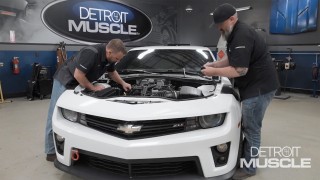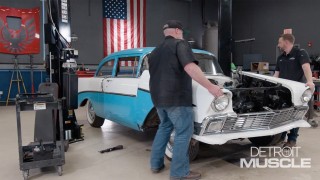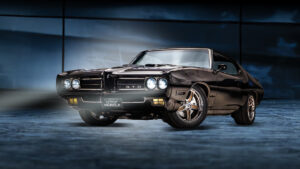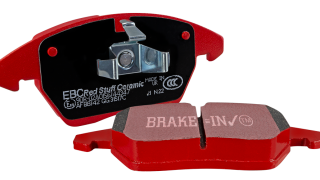
1964 Chevelle Malibu Gets A Facelift
From fuel injection to chrome jewelry, Tommy and Joel pull off a budget-friendly refurbish you can do in a weekend on a 1964 Chevy Chevelle.
Season 10
Episode 6
Hosts: Tommy Boshers, Joel McMillan
First Air Date: May 22, 2023
Duration: 21 minutes 27 seconds





















































